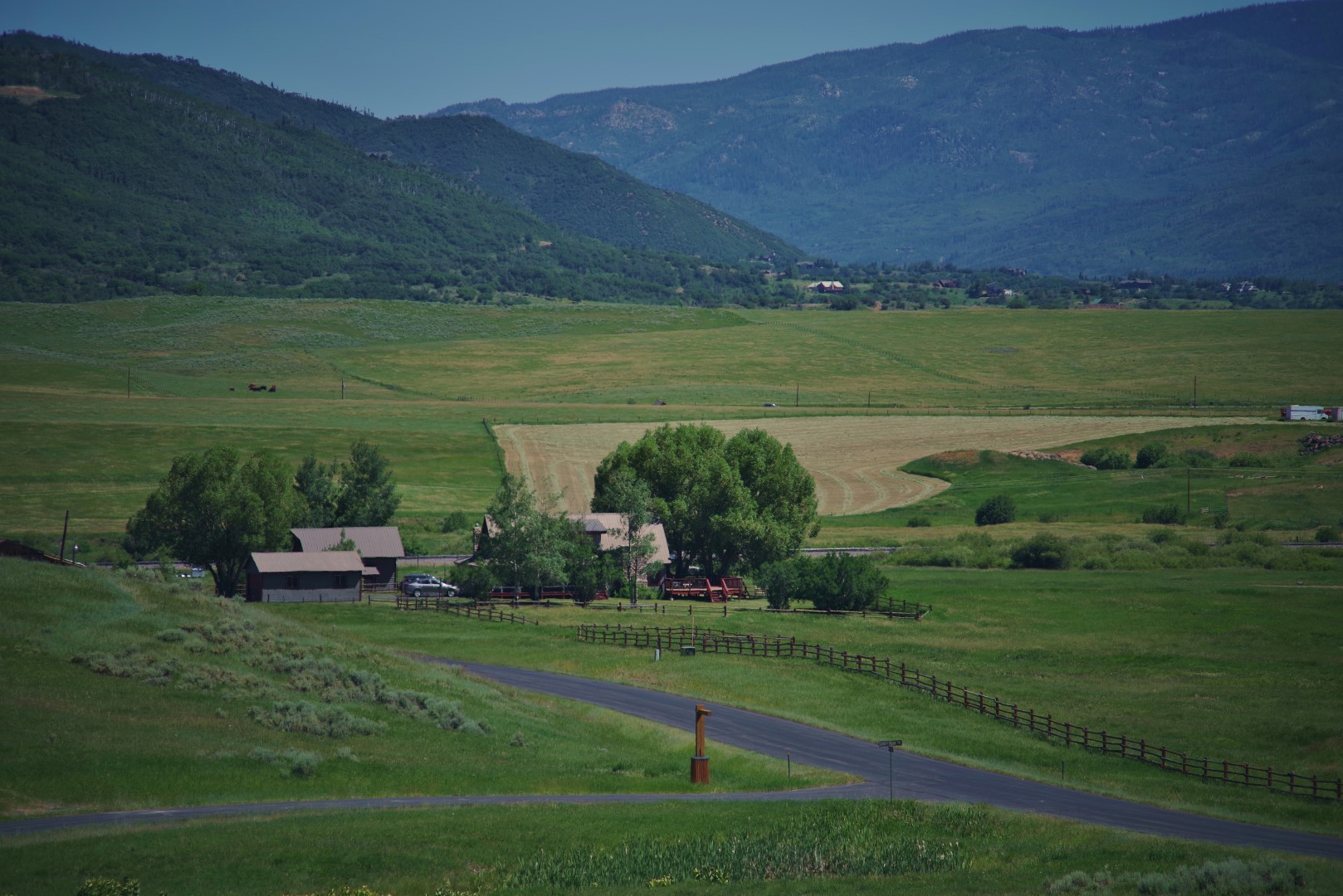I was recently asked about property taxes in Colorado. Property tax is calculated by multiplying the market value by the tax rate and the mill levy. Mill levies are set by each authority providing tax supported services. For residential properties, Colorado’s taxes are among the lowest in the nation. Colorado has one of the more complicated tax structures resulting from three major amendments and how they interact. The end result is a unique set of limits on taxation and spending by Colorado’s lawmakers.
In 1982, Coloradans passed a constitutional amendment mandating that home values cannot make up more than 45% of the state property tax base. That left a 55% contribution from non-residential property owners. When home values have risen faster than business property, residential tax rates have actually dropped. When this amendment, called the Gallagher Amendment, was implemented, the rate was calculated at 21% of a home’s value; today it is 7.15%. The non-residential (which includes vacant land without agricultural tax status) property tax rate is 29%.
In 1992, another constitutional amendment was approved that requires voter approval for all tax hikes or bond measures. It also limits how much government can collect using a formula based on population growth and inflation. The amendment, known as the Taxpayer’s Bill of Rights or TABOR, mandates that lawmakers list the total amount the increase will generate and how the proceeds will be spent. It prohibits special elections for tax hikes and bond measures and it prohibits a tiered income tax in the state.
In 2000, Amendment 23 was approved. This amendment required school funding to increase each year by the rate of inflation. Because of the taxation constraints, lawmakers have been unable to fully adhere to this amendment and have pulled from other areas in the budget. Gallagher lowered taxes, TABOR limited state government and the services it is able to provide and Amendment 23 put more pressure on an already complicated taxation structure. What has resulted is an uptick in local tax hikes and bond measures to fund local projects. Although local taxes in Colorado are higher than other municipalities in the U.S., state taxes in Colorado are among the lowest.




